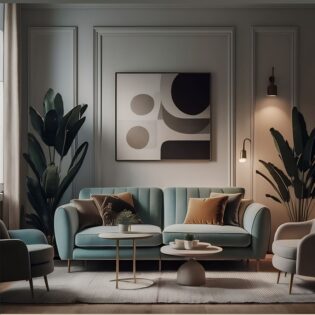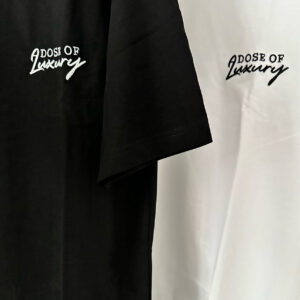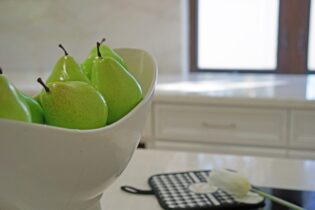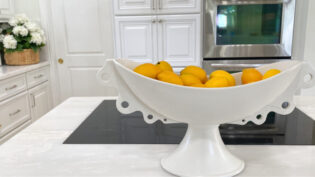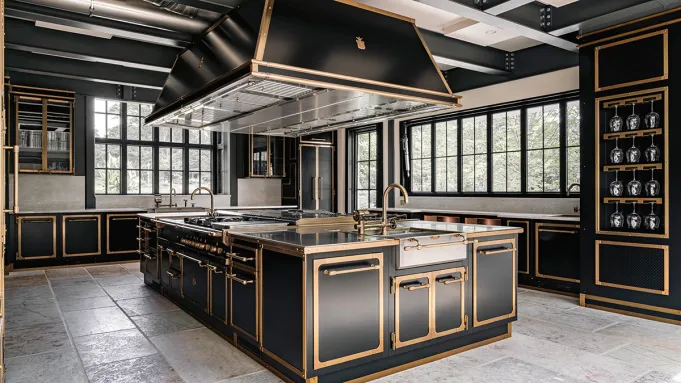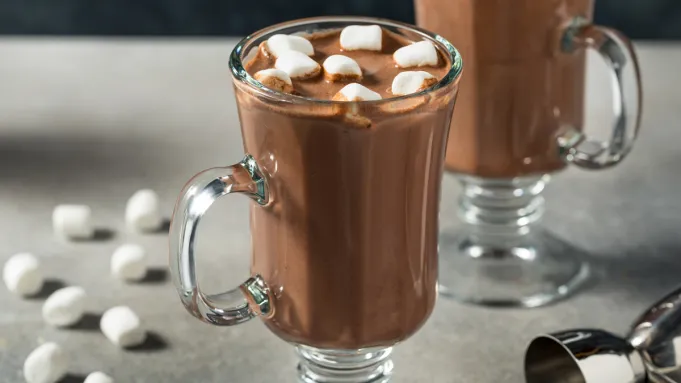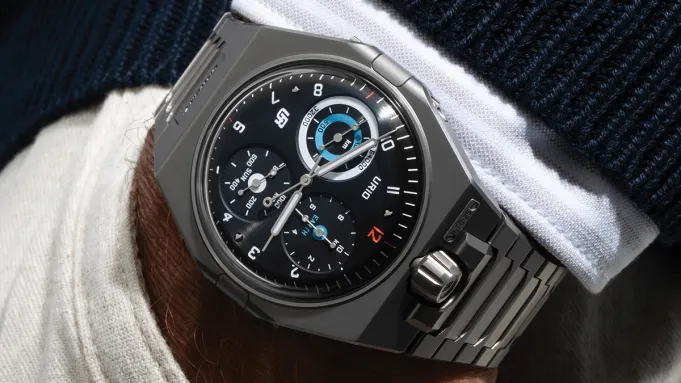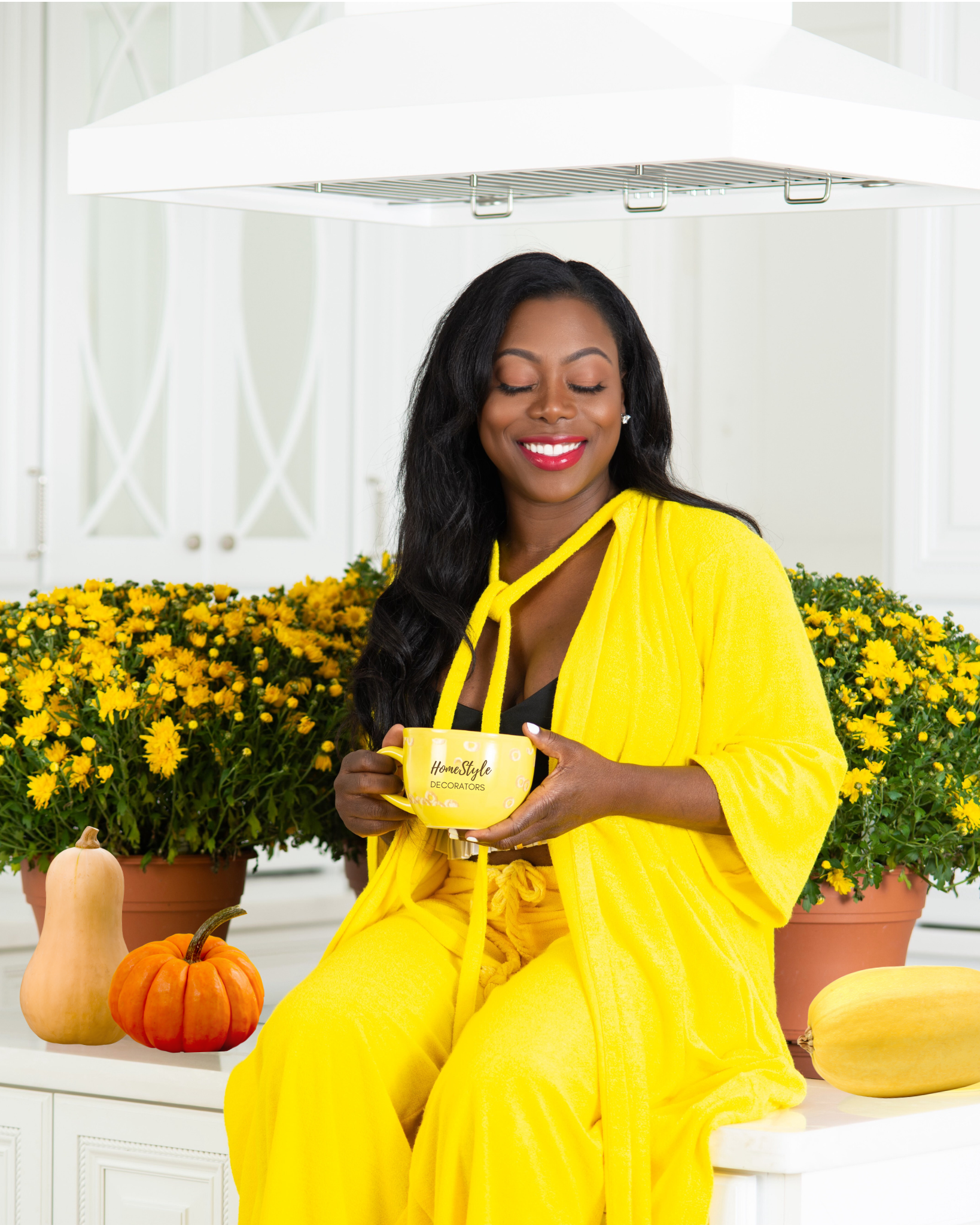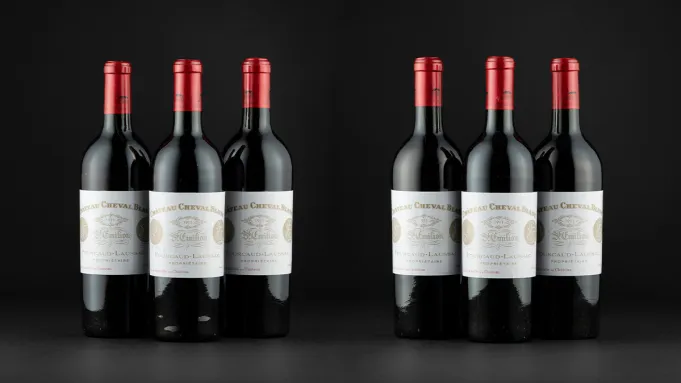
This story is from an installment of The Oeno Files, our weekly insider newsletter to the world of fine wine. Sign up here.
Despite the many headwinds the global wine industry is currently facing—especially the overall decrease in consumer demand—one tier of the market is holding up exceptionally well. With all the ink spilled over changing tastes among wine drinkers and the search for younger, fresher bottles, mature Bordeaux continues to outperform other categories in the auction market. Meanwhile, with consumers’ declining interest in the region’s en primeur system, through which the current vintage is sold as futures each spring, there doesn’t seem to be an appetite for young Bordeaux in either the primary or secondary market.
As Neal Martin reported for Vinous earlier this year, there are multiple reasons for the downturn in enthusiasm for young Bordeaux, most related to price and the workings of the system itself. And if recently released Bordeaux has difficulty attracting buyers in the primary market, it stands to reason that its appeal is practically nonexistent at auction or through resellers. Some of this has to do with the very character of Bordeaux wine. “Regions perceived as having a stronger degree of alcohol are the ones suffering the most,” says Amayès Aouli, the Paris-based global head of wine and spirits for Bonhams. “It’s the case of traditional Bordeaux, particularly among the younger vintages.”
Aouli says this generational shift away full-bodied, rich, and higher-alcohol wines has been most noticeable in the past 12 to 18 months—and the softening in demand for Bordeaux is most noticeable with vintages from 2010 onwards. “These wines, while still revered, are achieving less competitive bidding and lower average prices compared to their market highs five to 10 years ago,” he says, explaining that they have moved from a top category to a secondary one, with a reduced pool of wine lovers looking for them. Nick Pegna, Sotheby’s global head of wines and spirits, says in general he does not see a lot of young Bordeaux—that which isn’t yet considered ready to drink—come to auction. While this makes it difficult for him to fully assess demand, he believes that the weakening of prices is a disincentive for primary buyers. Asked if decreased market interest in en primeur Bordeaux is influencing the demand for recent vintage Bordeaux in the secondary market, Pegna says, “I think there is a ‘knock-on’ effect from there being less buzz around Bordeaux releases that is impacting younger wines and the demand.”
At the same time, there is an upswing in the appetite for mature Bordeaux, which has attained prices exceeding the high estimate at several sales this summer and fall. “There has been an increased interest in mature Bordeaux; we have had a number of Bordeaux-heavy sales with really strong demand,” Pegna says, while pointing to several examples at Sotheby’s. At a September sale, six magnums of Château Latour 1982 that were estimated to fetch between £17,000 and £20,000 ($22,785 to $26,806) sold for £30,000 ($40,209); in the same month, six magnums of Petrus 1989 with estimates from $30,000 to $50,000 were acquired for $60,000 in a sale. He also gives the example of a magnum of Mouton Rothschild 1982 that was expected to bring in up to HK$19,000 ($1,799 to $2,442), but sold for HK$30,000 ($3,850).

Get us an old enough bottle of Bordeaux, and we can make a sale
Sotheby’s
“Bordeaux has been the backbone of the wine auction market for decades, and really since the 18th century,” says Charles Antin, auctioneer and head of auctions at Zachys, a wine and spirits retailer and auction house in Port Chester, N.Y. While the high-end wines such as 1947 Cheval Blanc, 1900 Latour, or 1870 Lafite “make the headlines, it’s the more common, though still exceedingly rare, in general, wines like cases of 2000, 1982, 1990 first growths and Pomerols that are the ‘steady eddies’ of the auction world,” he says. “The miniscule quantities of rare Burgundy go from expensive to more expensive, blue-chip Bordeaux hold their prices in the long term, making them far more attractive for folks to buy, hold, and drink.” Antin has seen the thirst for classic Bordeaux climbing steadily in the last 10 years, with a strong increase in the last two.
Referring to the September sale of the private collection of Jacqueline de Rothschild Piatigorsky, in which a magnum of 1870 Lafite Rothschild hammered down for $387,500 (estimate $50,000 to $70,000) and six 1875 Château Giscours that were estimated to go for between $4,000 and $6,000 notched $106,250, Antin says, “There is no question that there is a market for mature Bordeaux, especially with special provenance.” That said, he calls out the exceptional performance of the non-first growths and Sauternes from the collection, stating that their success is “really indicative of an overall strength of Bordeaux.” Highlights from this group include overperforming lots from Château Branaire-Ducru, a fourth-growth estate in Saint Julien, and Margaux second-growth Château Brane-Cantenac. A six-bottle lot of 1899 Branaire-Ducru with a high estimate of $3,000 attained $23,750, while three bottles of Brane-Cantenac from the same year garnered $32,500, far exceeding the top estimate of $4,600.
When it comes to younger Bordeaux, Antin reminds us that while these wines are considered rare on the global scale, in the insider wine world, they are fairly easy to access. Referring to Bordeaux produced from 2010 onwards, he says, “Many collectors who enjoy mature Bordeaux think that some of these vintages are decades away from ready to drink. It’s often better to have someone else store it for you and buy it in 2030 when you’re ready to consume it.”
Do you want access to rare and outstanding reds from Napa Valley? Join the Robb Report 672 Wine Club today.
Authors
-
Mike DeSimone and Jeff Jenssen
Mike DeSimone and Jeff Jenssen, also known as the World Wine Guys, are wine, spirits, food, and travel writers, educators, and hosts. They have been featured guests on the Today Show, The Martha…
instagram:
Error: No feed with the ID 1 found.
Please go to the Instagram Feed settings page to create a feed.

